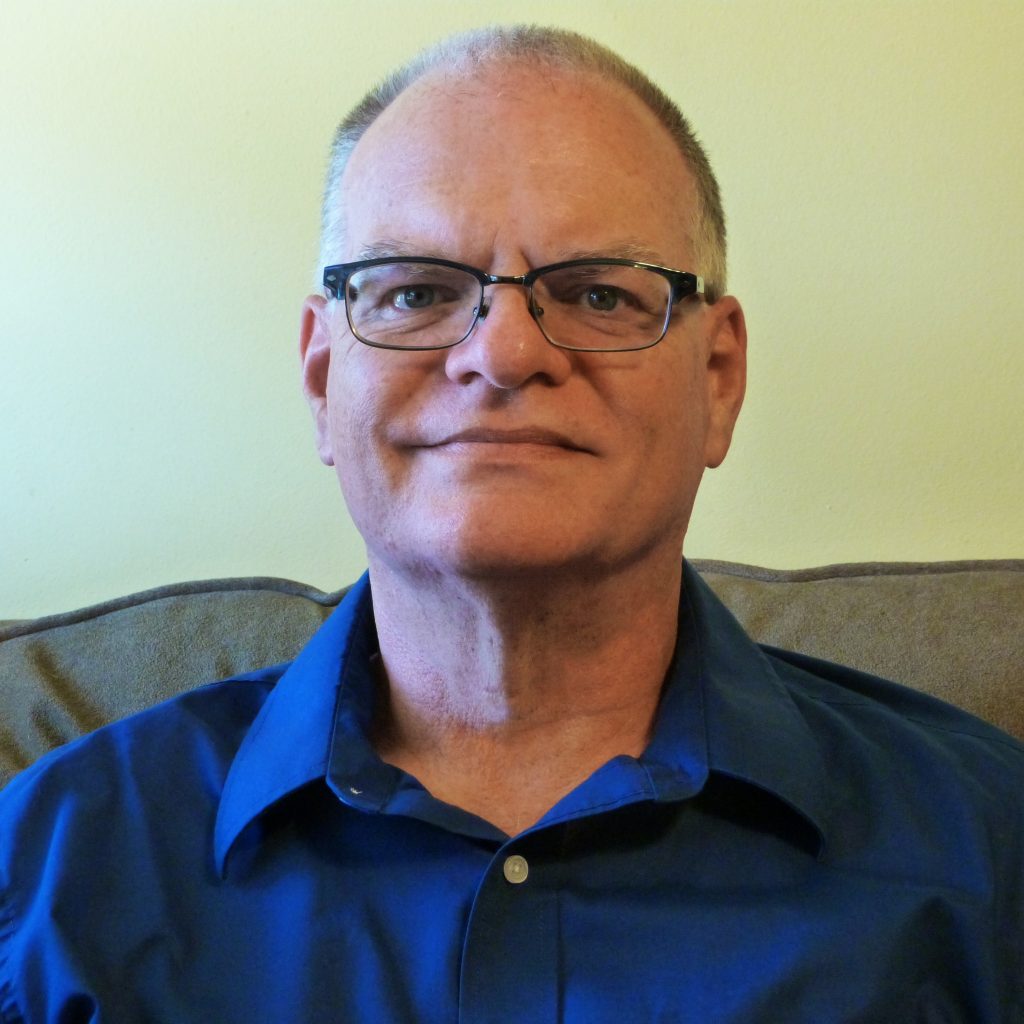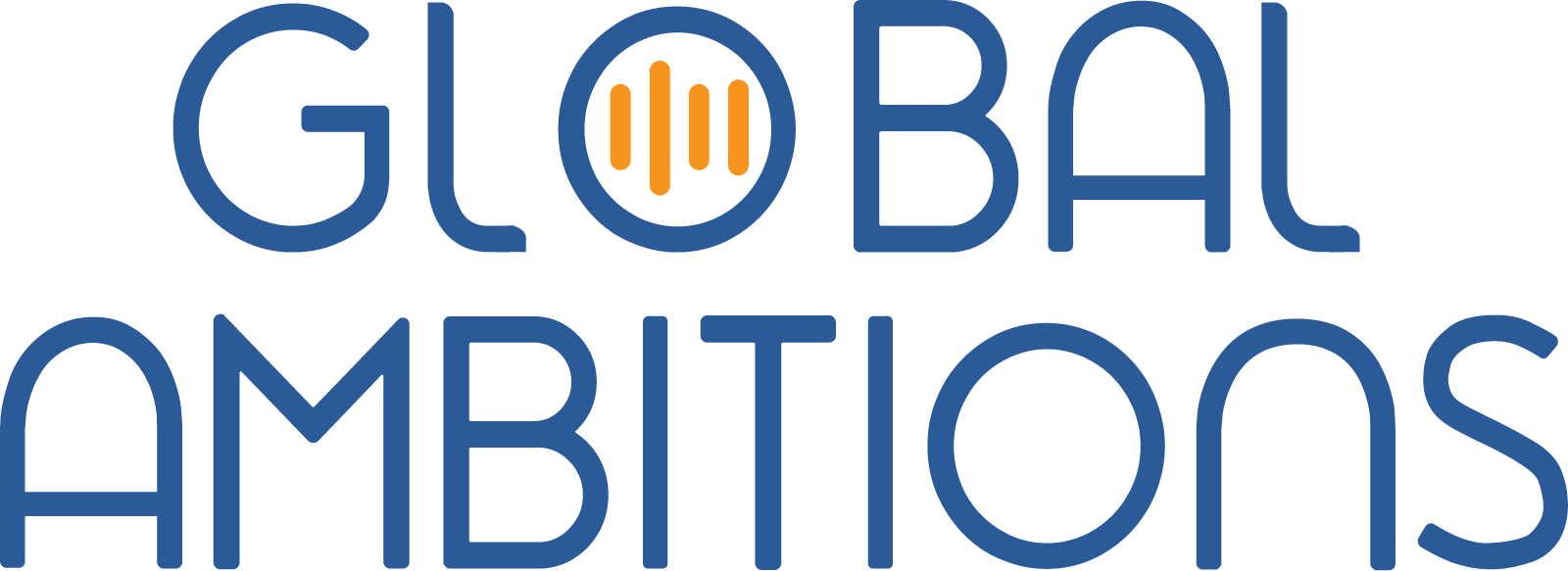With Dan Koenig, Senior Strategist for Life Science at Argos Multilingual
Below is a full transcript of this episode.
Stephanie Harris
Hi, my name is Stephanie Harris, and I’ll be your host today for this episode of Global Ambitions. Our guest today is Dan Koenig, senior strategist for life science at Argos Multilingual. And our topic today is keeping pace with the rapid changes in life science. Dan, welcome to the program.
Dan Koenig
Well, thank you. Happy to be here.
Stephanie Harris
So first, can you give us a quick rundown of who you are? What’s your background?
Dan Koenig
Certainly, I like to say that I’ve been in technical communication for more years than I care to admit. I was most recently before joining Argos, the localization manager for Beckman Colter, a global medical device company. And I was there for many, many years.
Stephanie Harris
All right. So you have a lot of experience in this industry, and I’m excited to hear what you have to say. So let’s jump right into our first question. So life science is a very complicated industry. What do you see as the biggest challenges?
Dan Koenig
I think one of the largest challenges today is just to keep pace with all the upstream activity in research and development. We’re bringing in artificial intelligence into the development process, both in pharma and medical devices. And this is great news because it’s accelerating the ability to bring new life-saving products to the marketplace. And that’s wonderful news, and it’s all good.
And this was accelerated during the, you know, the height of the COVID 19 pandemic. We learned some tough lessons, but we took away some very good knowledge from that period of time, and we’re still utilizing it. I think the challenge if you’re on the documentation side of the business is how do you keep pace with this release schedule? It’s going to get tight, tighter and tighter because the registrations are going to come at you more quickly. They need to get the documentation into EUDAMED if you’re selling in Europe and so on is going to be there. And this will never stop.
You know, if you’ve been in the business for a while, the regulatory landscape shifts constantly, as it just did with MDR and IVDR, which both came into application now. So hopefully you know, you’ve got your labeling up to date, you’ve added, you know, your unique device identifier and you’re in EUDAMED and so on, and you’re doing all of those important things to make that information available. But how do you keep up with this pace of change? You know, if you’re still I’m sorry, if you’re still working in word and frame and so on, are you really getting the job done? You know, when’s the last time you took the day off?
Stephanie Harris
So with regulatory, is there anything that we should be keeping an eye out for right now?
Dan Koenig
Yes, I think something that’s kind of under the radar still as an outcome from MDR and IVDR is new documentation. It’s the summary of safety and clinical performance for MDR. For IVDR it’s called the Summary of Safety and Performance, SSP. And essentially, this is a class-based decision. So if you have a higher-risk device, class three or Class C for IVDR, this is a new type of documentation that needs to basically give exhaustive detail on a device that’s both comprehensible to healthcare professionals.
And if there’s a patient interface, if patients use the device or near-patient testing, which is anything outside of a laboratory environment, there has to be a section that’s written in a manner that nonprofessionals can understand. That the average patient would understand. This is an entirely new level of burden in terms of documentation for manufacturers. It’s part of the overall push of MDR and IVDR that the information supplied to both the health care professionals and the patients needs to be more intelligible and easier to understand.
And, of course, that falls into translation as well. Whatever is in the source material must still be there when it’s translated. One of the ways, perhaps, to absorb some of this burden is to have a product gap analysis. Okay, and see how many of your products fall under these new guidelines and requirements. Look at perhaps revenue as a driver or, even more so, perhaps criticality as a driver. How much of this must be out in the marketplace at all times at their various tests, like troponin and so on, that absolutely need to be available all the time. And if it falls under that, then maybe that goes to the top of your list and you start there.
Okay. And then and then some of the other things, you know, terminology, management control content and authoring process automation, translation, memory cleansing, using a context vector machine translation. All of this, again, is a scalable model that will help you take on these new documentation requirements and also help you build a more agile process for the future. Because as soon as you get used to this and you meet all these requirements, there’s going to be a new one. Right?
Stephanie Harris
Well, I imagine with this regulatory stuff, it just keeps going and going, and even with the technology aspect as well.
Dan Koenig
Right.
Stephanie Harris
Because I, I know in the localization industry, we’re always… technology is evolving, is changing our processes. But in the life science industry, even more so, I would imagine.
Dan Koenig
Oh, absolutely. It’s allowing incredible advances in computation, especially in pharma. They’re able to model chemical structures and so on. Thousands, millions. What are the potential relationships, and how might they be used best in new medicines and so on. Or if you’re designing devices, you know, a lot of your human factors, engineering, how do you interface with this device, and so on now can be monitored by artificial intelligence. You know, and many companies are moving rapidly in this direction. And that’s all incredibly exciting, to be sure. It’s a great time to be in that business.
Stephanie Harris
Well, I’d imagine it’s also a challenging time for us localization folks. Do you have any actionable strategies for dealing with these sorts of fast iterations, rapid changes in workflows and processes, technologies, and regulations? What are some actionable things that you can help us out with?
Dan Koenig
Well, certainly I think the core message is that you have to build processes and systems that are scalable. In some ways it’s interesting because as we reach this, you know, amazing peak in technology, we have to go back to the fundamentals. You have to have your terminology straight on what to call things. I’m a huge advocate of centralizing processes wherever possible. Let’s utilize what we already have. Let’s take our linguistic assets. Let’s use artificial intelligence, as we can do now, to ferret out what is correct, you know, get rid of that, which is not. You need to become more reliant on capturing the knowledge of subject matter experts and then digitizing that.
Okay. So the humans, again and this mirrors the medical world quite well, the humans have the final say in machine translation with post-editing. The humans have the final say of interpretation and assessment, and that’s all to the good. I think we need to stay there for quite a while still. But you can take care of a lot of this arduous task of digging through volumes and volumes of data to decide what you want to use. AI will see relationships in it that you could never possibly find. If you build the system properly, it will ask you, what do you think? And this is where the whole thing comes together.
So now you’ve begun to compress sort of the discovery part of the process. And you can also use what we call a context vector coming back inbound to say, you know what, the things that are in this translation kit don’t match what we expected to see. Do you agree that this is a problem? Do you not? And having dispositioned that particular issue, now it’s captured, and there’s a heuristic learning that occurs, and that’s in the data for next time. That question need not be asked again. So this is how one gets on the toboggan and stays on for the ride now and begins to bring incredible both schedule compression and cost efficiencies into these processes.
Again, I know a lot of people are really tired out there. And thank you for your great work, by the way. You’ve really been yeah, you’ve actually been saving the world. And yes, we appreciate this. However, you need to give yourself a break now and allow yourself to keep up with what’s going on and work more efficiently and smarter and better and stay in it for the long run. We need you.
Stephanie Harris
Yes, totally agree. So what would be the first step? So someone says, yes, this sounds great. What would be the first step for them even to get started on this process of looking at things? Is it like an audit of what they have? Is it working on their terminology? What is the first thing that they should do?
Dan Koenig
Well, I’d say we probably start with terminology, break out some high-level samples and make sure we’re all agreeing on what things are called and how they’re translated and establishing all of that in the data. Then I think it would be very, very beneficial to have some sort of pilot program. Maybe take one of your dominant languages perhaps, or something. Of course, most regional sales… however you decide to create that list and then have a look at using AI. Decide what’s the edit distance inside of that data. And people are often shocked at the multiplicity of translations for the exact same source material . And you can narrow that down.
And again, this is the SMEs come in now, and they start to get in the sandbox with you right out of the gate. We want their knowledge. So we decide, is this really best in German? Does this convey this the best way?
Now you can begin to cleanse your TM. In the past, you’d spend $1,000,000,000. Not really, but yeah. And you would… You would still not be certain that all these relationships made sense, or at least it made sense in this context, but not in the other. But now the AI can say, “Well, what about this and what about this one?” And you can start to winnow that and narrow it down. And so it’s useful outbound to the translator and inbound to the editor. Do these things align? And based on what we already know of this particular translation unit or linguistic element, does this make sense or is this worth a tighter look?
So let’s start with terminology. It’s again a building block. If you don’t have that under control, let’s do that. And from there you can get into some AI driven TM cleansing. See how that works for you. Now you’re starting to build a future state. And the future state is that artificial intelligence and machine translation is going to use the human input both outbound and inbound back to your publications and your website and so on to validate and verify your content. And that’s all going to be based on the human input. And that’s very exciting. And this is how you keep up.
Stephanie Harris
Yeah, I think that implementing those different technologies to take a little bit of the burden off of humans just makes sense while keeping the quality checks in place. So after you’ve done this, you’ve set up your terminology, you have all that. Are there other changes that you would need to adjust in your workflow to sort of pull those in? Or is it pretty much just working in AI and assistance for the humans wherever possible?
Dan Koenig
Well, I think you might change a couple of process points. Again, this is a, you know, every company is different. But I think that you might bring your subject matter experts in much sooner as you build this and get their buy-in and help them to understand how important their input is. And then maybe perhaps you’d form some sort of glossary committee, so you get input from software and engineering or, you know, chemistry, whatever is involved in your making your products and let them have their input too, and come to agreement on things. So that’s a big change for a lot of companies. But it’s vital and this is this is very successful. I know first hand.
Okay. And beyond that, then I’d say that you really need is to take control of your content creation further upstream. So now that you’ve decided what the terminology is, maybe get your arms around some sort of content management and if you’re really forward-looking, maybe get into a headless CMS or something and know that you can reconfigure this content at will and send it out, SMS, web, printed, whatever is required. Now your agility is way up and so is your quality. I guarantee you. And your schedule has been compressed, so management’s very happy as well.
Stephanie Harris
I can imagine so. Great. Well, thank you so much, Dan. This has been wonderful and thank you for your insights. And hopefully we’ll see a lot more of you on other podcasts and in other e-books and on the web as well in the future.
Dan Koenig
Thank you very much. My pleasure.

Dan Koenig
Senior Strategist for Life Science at Argos Multilingual




